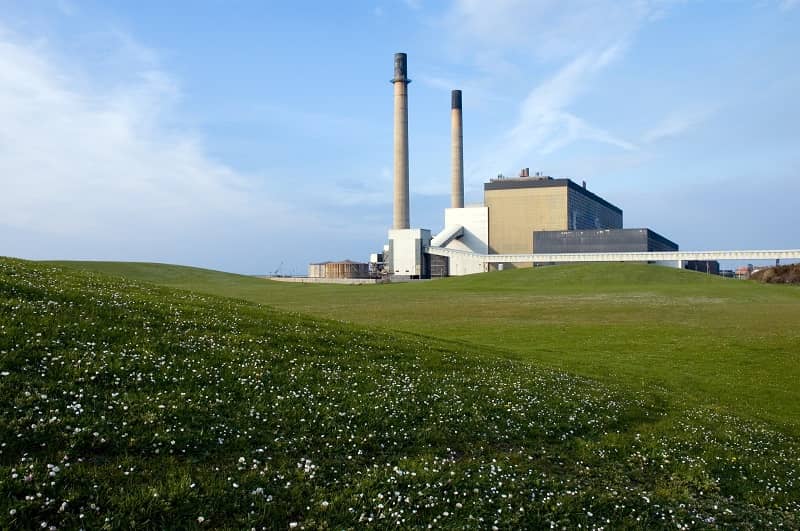By Rachel Dawson
On Thursday, October 15, Portland General Electric pulled the plug on the Boardman Coal Plant, PGE’s largest power plant. Boardman had a nameplate capacity of 550 firm megawatts of power and was decommissioned 20 years prematurely.
While environmentalists celebrate the plant’s closure, utility executives are still trying to figure out how they will keep the lights on in our region.
That’s because the more coal plants our region removes from the grid, the more likely we are to experience future blackouts. Multiple studies from groups like the Northwest Power Pool, E3, and the Northwest Power and Conservation Council all reached the same conclusion: Our region will have a shortage of power by the mid-2020s that could lead to blackouts and extreme price volatility.
Curious about what this would look like? Look no further than California. In August, the state experienced rolling blackouts as it leaned too heavily on imports and didn’t have enough of its own firm power.
Our utilities aren’t far behind. Large Northwest utilities plan on investing in wind, solar, batteries, and—like California—market purchases. To avoid California’s same fate, our utilities and officials need to acknowledge that an intermittent resource powered grid is not a reliable or an affordable grid. Instead of celebrating Boardman’s closure, they should invest in firm power sources like natural gas and clean nuclear power.
Rachel Dawson is a Policy Analyst at Cascade Policy Institute, Oregon’s free market public policy research center.












